Zomvivor Ending Explained: Netflix’s Thai horror-thriller series มหาลัยคลั่ง, directed by Kla Nathawat Piyanonpong, combines campus drama with a full-blown zombie apocalypse. It shifts the focus from survival to morality, guilt, and evolution. Starring an ensemble cast, with Janis Janistar Phomphadungcheep as brave Ning and NuNew Chawarin Perdpiriyawong as her conflicted brother Nonn, Zee Pruk Panich as San, Tommy Sittichok Pueakpoolpol as ambitious Jean, Weir Sukollawat Kanarot as Dr Wiroj Limmanaphong, the morally torn scientist, and many others.
The Thai series Zomvivor is a tale of despair, love, and scientific ambition at the end of the universe. Set in a university that has been declared ground zero after an imploded immortality experiment. This is a story of decision-making, the ones that uphold us and the ones that condemn us.
Zomvivor Ending Explained
What Caused the Zombie Outbreak in Zomvivor Series?
As it turned out, the Zomvivor apocalypse was not an occasional epidemic, but a victim of human ambition. Actually, the origin of the outbreak dated back to the ambitious plans of one college patron, Mr Phumtham Kiatpipat. The middle-aged man was obsessed with the idea of eternal life and wanted his descendants to be venerated as gods, and his mummified body to become the most ancient artefact. For this purpose, Phumtham decided to create a scientific program, Anisong Project, which would prevent his body from decaying after death. Dr Kanchana, pressured by her criminal past and her fear for her daughter’s future, was forced to lead the experiment.
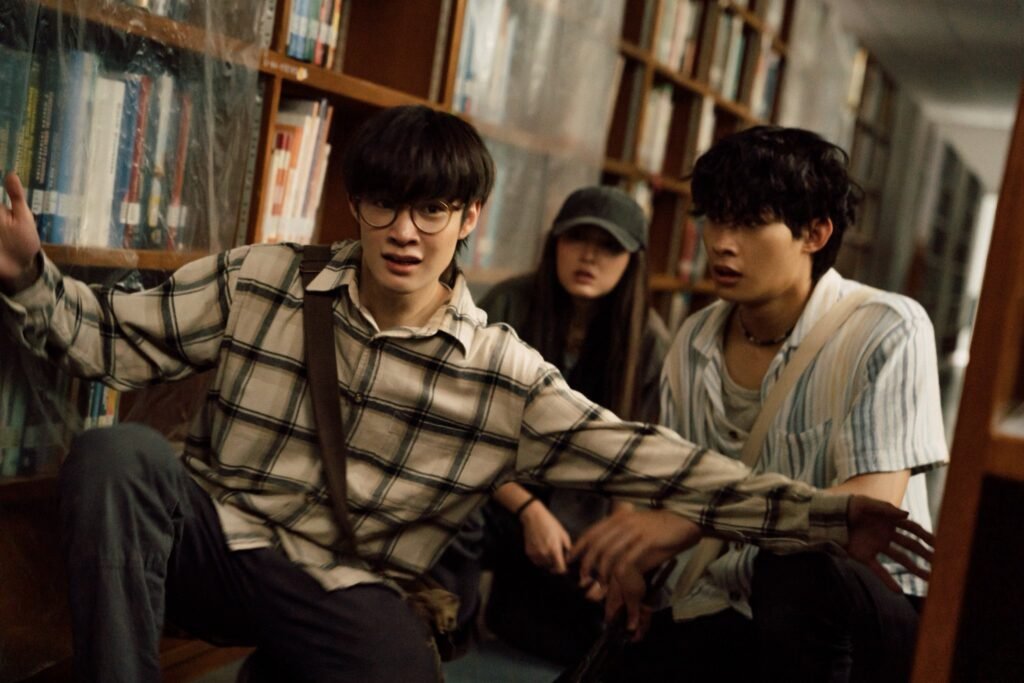
However, the situation went out of control when Phumtham’s son Joe attempted to abuse Dr Aom in the lab. In self-protection, Aom injected the incomplete serum into Joe’s neck. With this formula possessing unstable qualities, Joe’s body started to unwillingly change its form. In an attempt to find the cure, Kanchana began to conduct her personal research, but simultaneously injected the serum into her daughters’ blood in order to safeguard the child.
Finally, Dr Wiroj, Mr Kanchana’s fellow scientist and secret soul mate, took over the project. He used the stem cells of jellyfish that promoted rapid regeneration and administered them to the scarred animals. However, the jellyfish contained a parasitic protozoan that provoked uncontrolled cell division, and when injected into people, it created the first zombies.
This discovery, to a certain extent, shifted the view of an outburst from an accidental mutation to a confrontation with the human thesis of an immortal god. The “zombie virus” was a redefined embodiment of unreason, just like every human attempt to obtain godlike authority results in self-destruction. Ultimately, Zomvivor intimated that the true monsters were not the infected, but the creators.
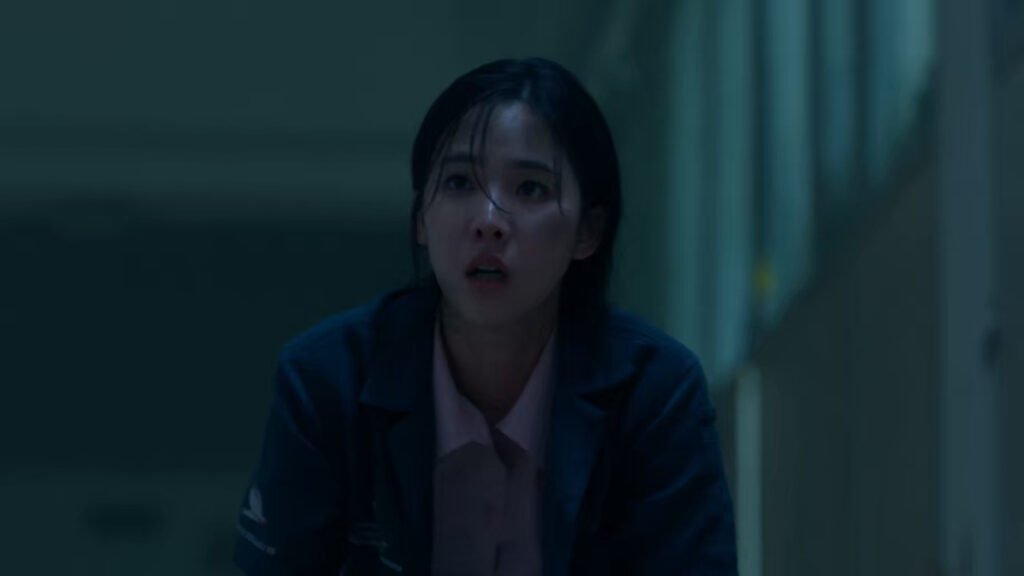
How Did the Survivors Find Out Aunty Jit was the Leader of the Infected?
Aunty Jit was one of the first victims of Dr Wiroj’s serum experiment because she took the injection to get money, as she needed to pay off her debt and without knowing what this serum could cause. After the group noticed the infected moved in swarms rather than in every direction, they noticed the horde always retreated or responded after Jit visited wherever they were seen. Her calm demeanour under attack was not fear; it was power.
When the group found her, interacting with the zombies in the storage unit, it became evident how connected she was. They quit growling, and they couldn’t even patiently wait for her answer apparent fear. A few growers later, the group pieced together that Jit was not just another poor victim. She was the emotional heart of the zombies. She was more closely tied to them than the prisoners logically thought. Her infection has mutated. Aunty Jit represented a leadership rooted in parasite-induced emotions. This series used her character to question the idea of the intellect’s connection to instincts. Even the undead were able to act with determination.
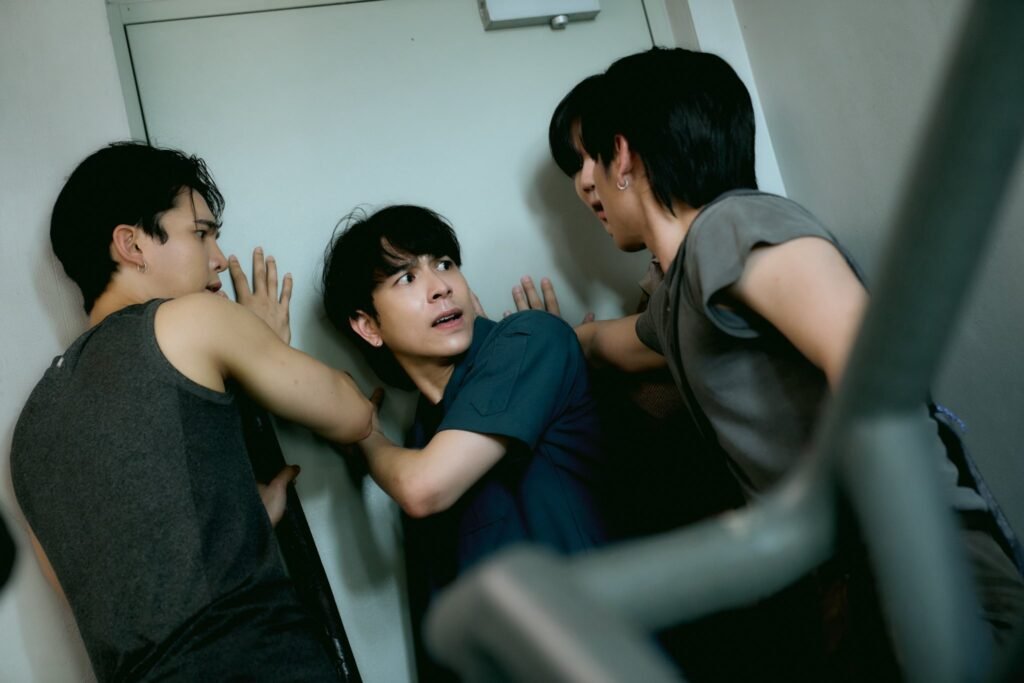
Why Did Nonn Inject Himself with Infected Blood in the End?
Nonn injects himself next to him as the most intense moment in the final. He has always been seen as a man hiding in others’ shadows. But when everything falls apart in the final episode, Nonn has the opportunity to make his own decision. As a group, they aim to catch the zombie group leader, aunty jit, leading back to the wish, and with diminishing hope, Nonn decides they are nothing but a victim. He injects infected blood, guessing he could be the top leader at this time and offering the survivor some hope. It might turn Nonn into salvage or something utterly alike. Whatever accompanies the heart, as sad and sacrificial as a heroic Nonn.
He doesn’t flee when his castmates are in trouble, although Wiroj belittles him. This act is both tragic and redemptive. On one hand, Nonn’s transformation means losing his humanity; on the other, it’s his first act of true agency. He refuses to escape while his friends suffer, even when Wiroj begs him to leave. His decision is driven not only by guilt but also by a deep bond with San, who represents the only person who ever saw his vulnerability. Turning into a zombie becomes Nonn’s twisted way of taking control of his own destiny.
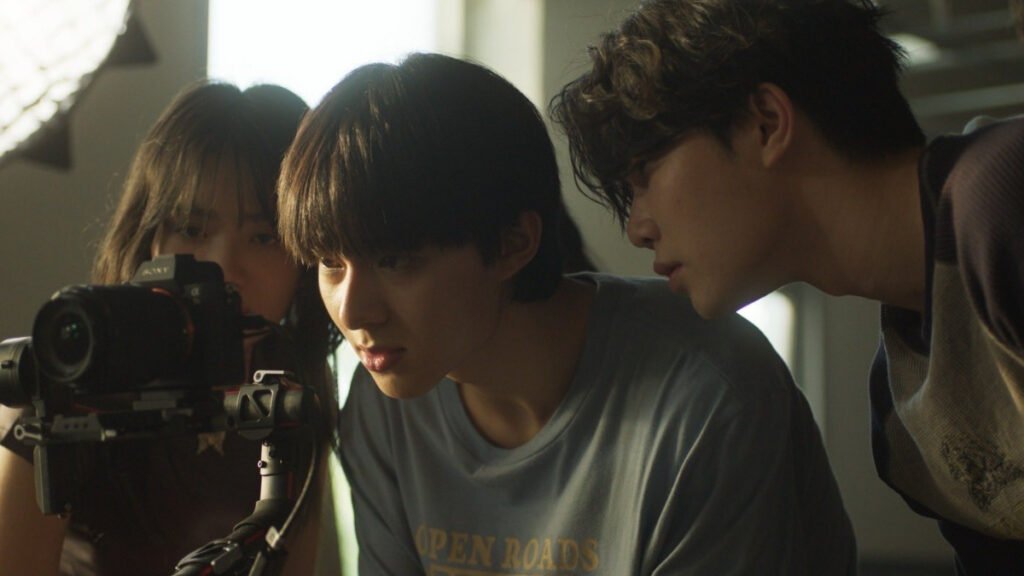
Also Read: Bad Influencer Review: Fast-Paced, Entertaining Drama About the Cost of Fame
What Happened to the Surviving Students?
The outbreak’s aftermath does not bring the promised evacuation – on the rooftop, the survivors see the visitors’ centre on fire. On the one hand, their situation worsens, with the fear of running out of food and water and zero faith in rescue. However, Nonn’s behaviour – preying and feasting like a zombie and growing rather than expanding the infected group- offers the survivors a strange hope.
If Nonn becomes the new pack leader, his behaviour, if understood or controlled by the survivors, offers a way to communicate or command the zombies. Moreover, the students discover certain natural substances such as psilocybe mushrooms, castor beans, and blackboard tree that repel or weaken the zombies. These discoveries hint that survival is no longer about courage alone but about chemistry as well. However, the emotional tension within the group makes the way impossible: guilt, doubt, and trauma separate the humans.
Therefore, the ending of Zomvivor becomes more about the fragile coexistence between the infected and the survivors, science and ethics, guilt and guiltlessness. These students are more than just survivors; they are witnesses to the alleged new dawn.
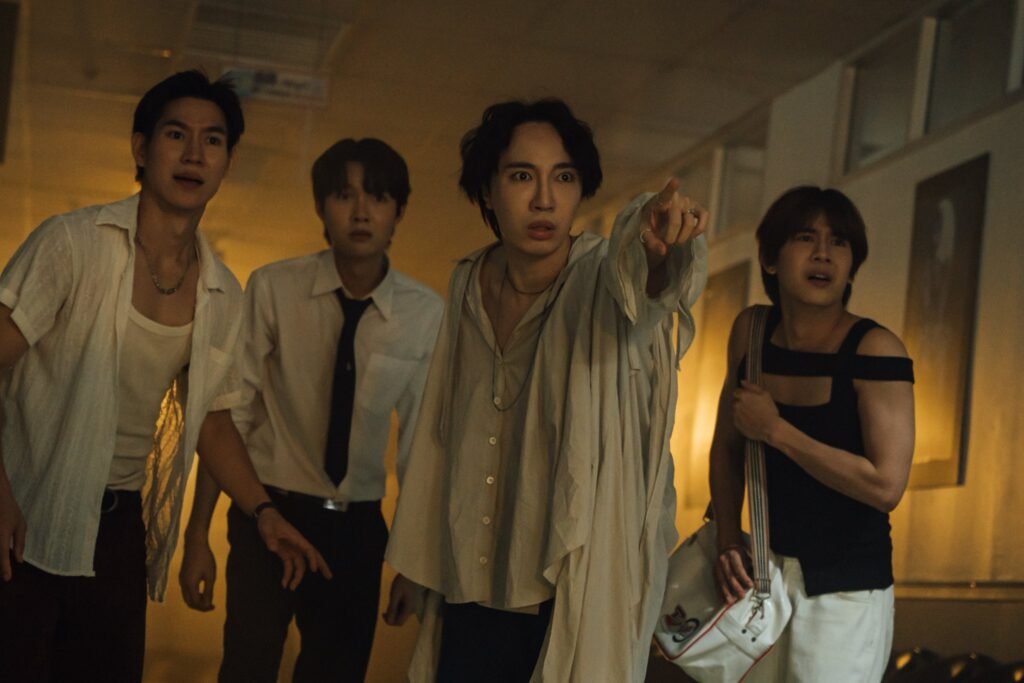
What Happened to Ning and Dr Wiroj in the End?
At the end of Zomvivor, Ning and Dr Wiroj had already managed to escape the facility where Joe and Kanchana were treated. A month has passed, and it is implied that both have been working secretly on a potential antidote using Joe’s serum. Their escape also implies there’s been a form of rebellion—rebellion against Phumtham’s indifference, rebellion against the government’s cruelty.
Ning coming back to the survivors is also a form of rebellion. It’s not a response to guilt; it’s an attempt to assume the responsibility for the catastrophe her family had brought. Coming back would also be the setup of a likely second season. Ning, who was a symbol of hope, would be the object of the survivors’ resentment, as she had left them. Wiroj’s return would further complicate it: can the man who is the source of the outbreak be entrusted to put it to an end? However, they still have a common goal: to save Nonn.
In effect, this means that both would symbolise an unstable compromise between science and conscience, as they fight to neutralise the problem they caused. Will Zomvivor go from survival thriller to redemption narrative if the serum they are developing works? The final note is unclear; Is there a cure, or are they only delaying the inevitable transformation of humanity?
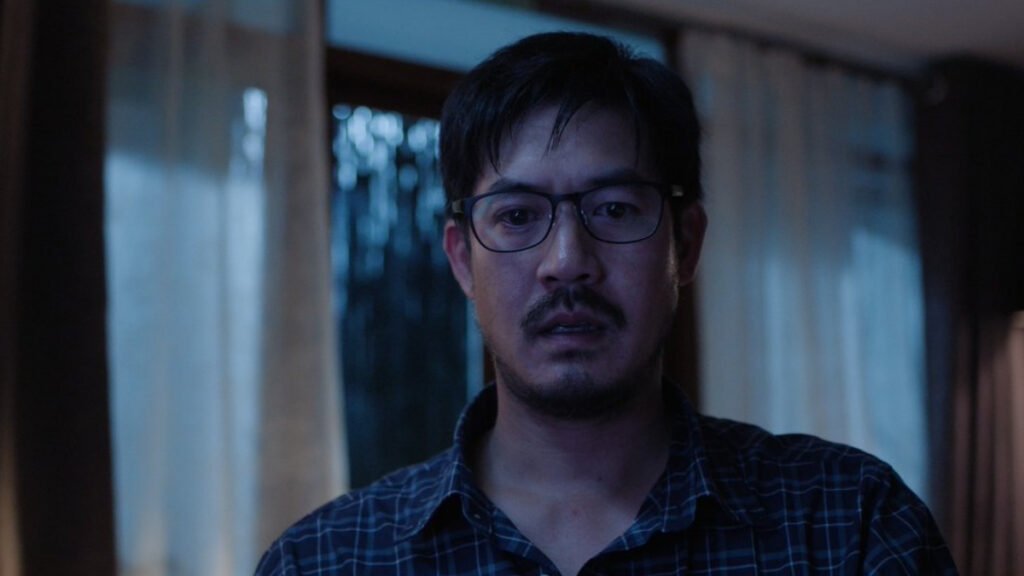
Does Kanchana Die in the Finale of Zomvivor?
In the final scene, Dr Kanchana emerges from her coma reinvigorated, but undeniably different. One of her eyes has turned blue, a stark and unsettling reminder that whatever the parasite within the Anisong serum was, it was undoubtedly still there. In a way, Kanchana’s blue eye functions as a sum of the series’ central irony; she achieved immortality, but lost her humanity. That blue eye was a symbol of hybridity—the infection would never defeat her, but she would never be wholly human again.
However, it must be noted that the serum has not failed; it evolved with the body. As such, her change represents major new scientific and ethical questions. Is Kanchana merely the first of a new species? Could it be that there is a way to have beings that can heal, think, and feel like humans, but can also obtain the immortality of the infected? Is she a human-infected hybrid? Or is she a carrier of the virus that is still alive?
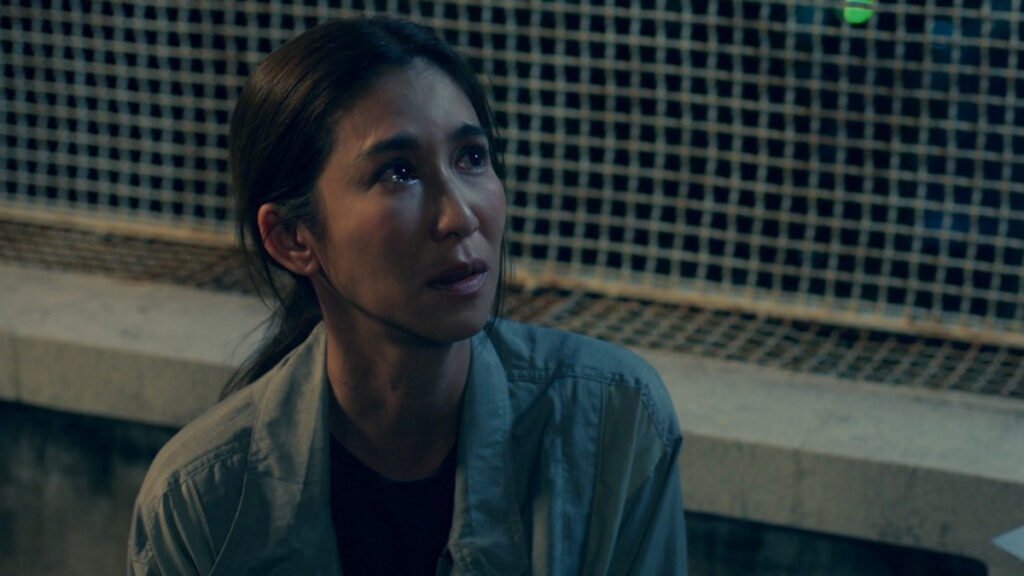
The series purposefully leaves the answer to those questions unclear, as Kanchana is both a possible saviour and a potential threat. But more importantly, her continued life was a thematic response to the promise of maternal protection that zombification ultimately forbade her. She injected the serum to save her children, and in doing so, saved herself. And now, she must live with that choice, seemingly cursed to watch what her love has wrought. Her role in the series’ future will likely come down to whether or not she can truly be a saviour in a monster’s costume.
Will there be a Zomvivor Season 2?
Netflix has not officially announced Zomvivor Season 2 yet. The first season’s last episode, however, framed the premise for the next season. First, the fantastic conclusion left many of the story’s major elements unfinished. Unknown remains the transformation of Nonn into a zombie, Ning’s and Dr Wiroj’s breakout from the facility, and Kanchana’s partial revival, with one of her eyes turning blue, indicating that the infection has not disappeared entirely. The story will not seem full with such loose ends, implying that the creators have more to say.
And if that happens, Season 2 is likely to focus on Ning’s and Wiroj’s return to the college to rescue the other survivors and examine the remedy they established. How long can Nonn control himself? The series could also explore whether a hybrid being, half human, half zombie, can control the others. The moral tension between saving the infected or eradicating them entirely is bound to deepen, especially since Kanchana and Joe now exist in that grey area between humanity and monstrosity.
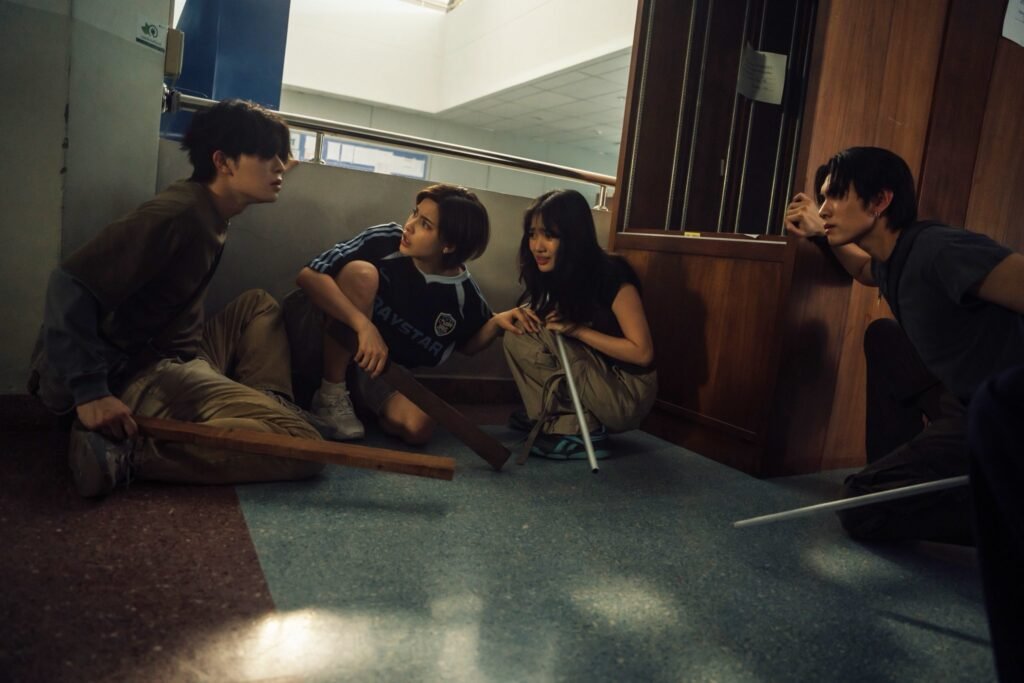
A second season appears not just feasible but essential, considering Zomvivor’s success in Thailand and its increased global following. Season 1 concluded without closure but with a spine-chilling question: Will humankind and its worst worry share the planet, or would the panacea lead to a new generation?
Also Read: Zomvivor Review: Twisted Campus Horror That Delivers Both Fear and Emotion
